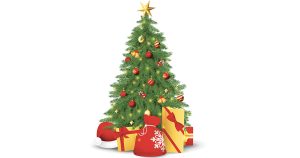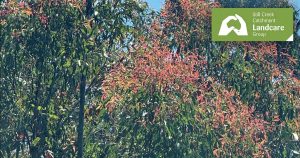By Lachlan Turner
Scattered throughout the open forest are many plants that climb over adjacent shrubs, both small and tall, as well as clinging to small trees.
They have the tendency to create a confusion when combined with the foliage of the host plant which is supporting the scrambling vine as it reaches upwards. It is usually difficult to visually separate the two plants until either one comes into flower.

Both flower at a similar time of the year and their flowers are closely similar in size, shape and colour. Probably the most convenient method to discern, is to inspect the foliage of the plant.
Clematis aristata (Old Man’s Beard), has leaves which are vaguely serrated along their edges and more elongated, whilst Clematis glycinoides (Forest Clematis), has leaves which are uniformly regular along the edges but have additional visible veins running along the length of the leaf, as well as being somewhat shorter and rounder in shape.

These two varieties are well suited to the home garden where a suitable trellis can support the extensive network of tendrils and branchlets that make up the plant which in turn can provide a dramatic display of cream flowers from August to November.
See related story –
Hidden In The Hills: Murray Park Road Track







